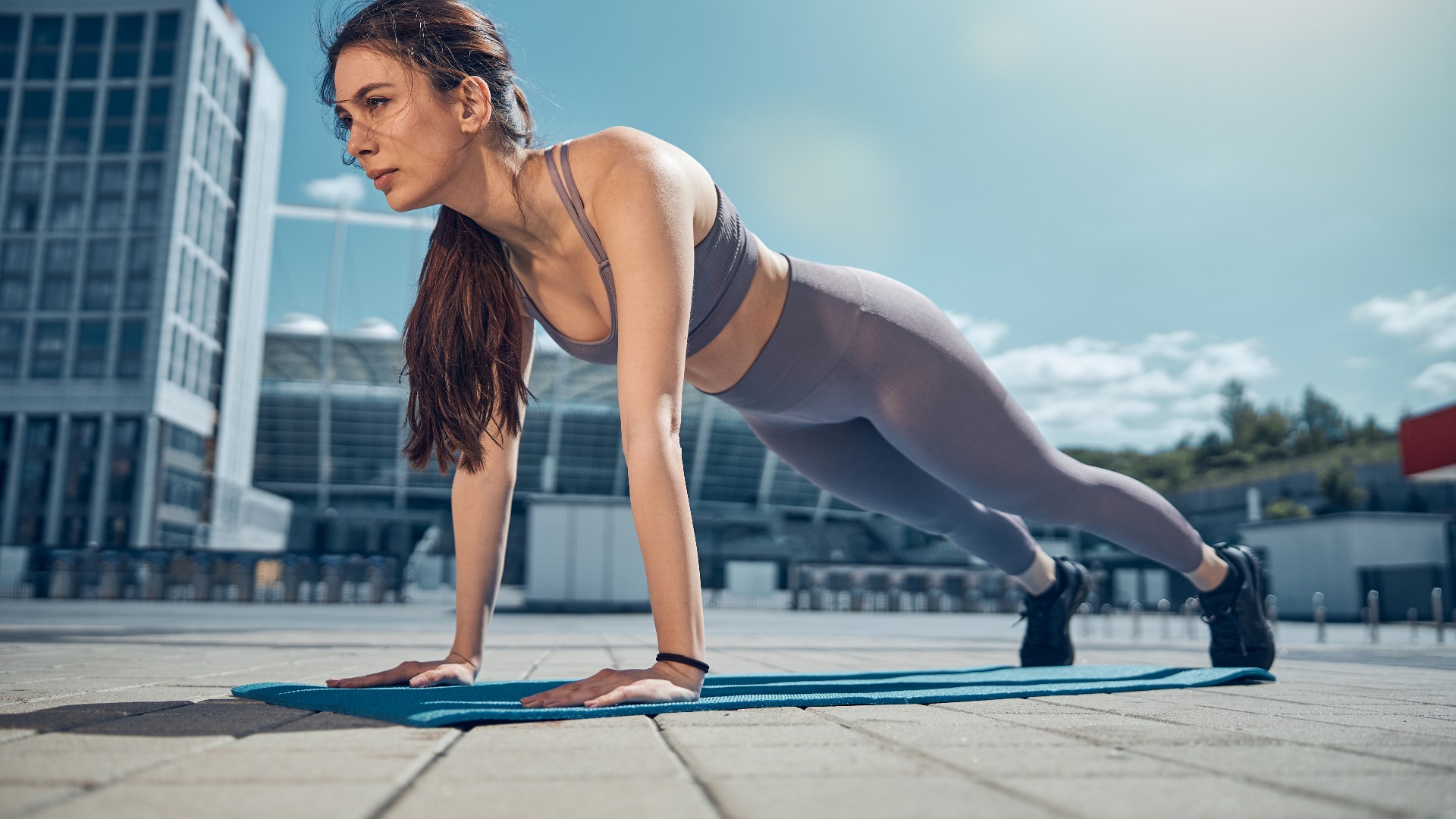
If you spend your days tied to a chair and computer, chances are your posture has paid the price. Sitting for long stretches can tighten muscles like your hip flexors and pectorals while weakening muscles like your glutes, rhomboids, and abdominals. That can all lead to poor spinal alignment, which could make you more susceptible to stiffness, pain, and injury.
Choosing one of the best office chairs will definitely contribute to better posture during your workday, but in order to fully correct the issue, you’ll also want to strengthen areas that have become deconditioned. These six exercises target key muscle groups that are responsible for maintaining proper posture. The stronger these muscles are, the more supported your entire body will be.
What muscles are responsible for posture?
While most people might think that the muscles located along the spine are responsible for good posture, that assumption is only partially correct.
It’s true that muscle groups throughout our back like the erector spinae, lats (or latissimus dorsi), middle to lower traps, and rhomboids all have a part in supporting our spinal column, our core muscles like the transverse abdominis, rectus abdominis, and internal and external obliques also pull a lot of weight in the process.
Additionally, muscles in our lower body like our quads, hamstrings, and glutes play a major role in keeping us tall, upright, and supported.

How to do these 6 exercises for posture
You’ll need a yoga mat for these exercises along with a rolled-up towel or small pillow for additional cushioning, if needed.
With the exception of the plank, each exercise should be done for 10-15 repetitions. If an exercise alternates between sides, perform 10-15 repetitions on each side. Try holding the plank for 15-30 seconds to start, increasing your time by 10-second intervals as you get stronger.
Beginners should aim to complete one set of each exercise. If you’re no stranger to a good workout, aim for three sets.
1. Prone I-T-Y
- Lie on your stomach with your hands at your sides, palms down.
- Squeeze your glutes together and engage your core.
- Lifting your head and shoulders off the mat, squeeze your shoulder blades together and aim the back of your hands towards the ceiling.
- Release your arms and bring them to a “T” position, reaching your fingertips away from you.
- Squeeze your shoulder blades together and aim the back of your hands towards the ceiling.
- Release your arms and bring them to a “Y” position, reaching your fingertips towards the wall in front of you.
- Squeeze your shoulder blades together and aim your thumbs towards the ceiling.
- Return to the starting position.
- Move through each position for the desired number of reps.
2. Plank
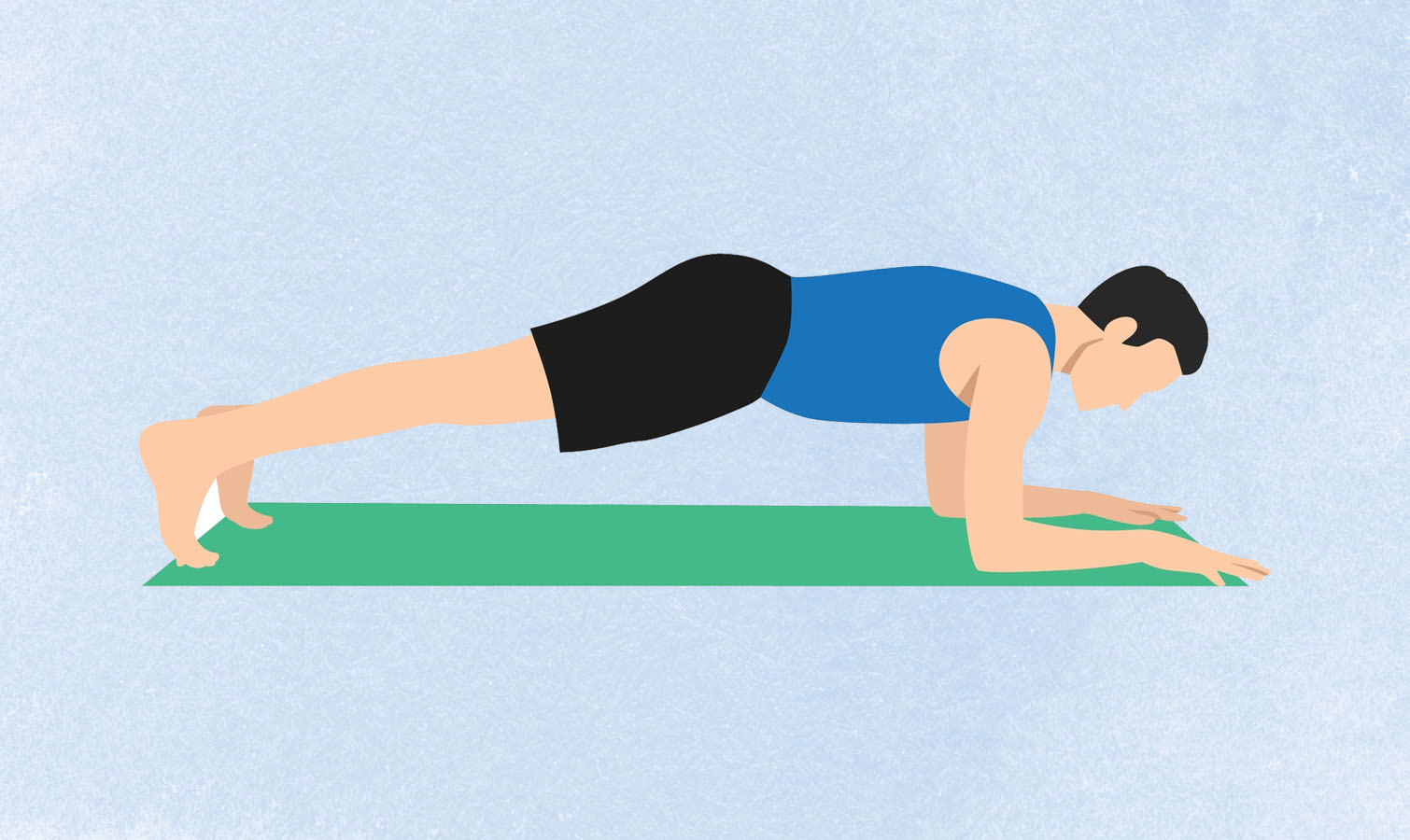
- Come to all fours on the mat.
- Place your elbows and forearms on the mat, with your elbows aligned directly underneath your shoulders.
- Step your feet behind you and plant your toes into the floor.
- Engage your core and keep a neutral spine, avoiding any arching through the lower back.
- Hold in this position for the desired amount of time.
3. Glute bridge
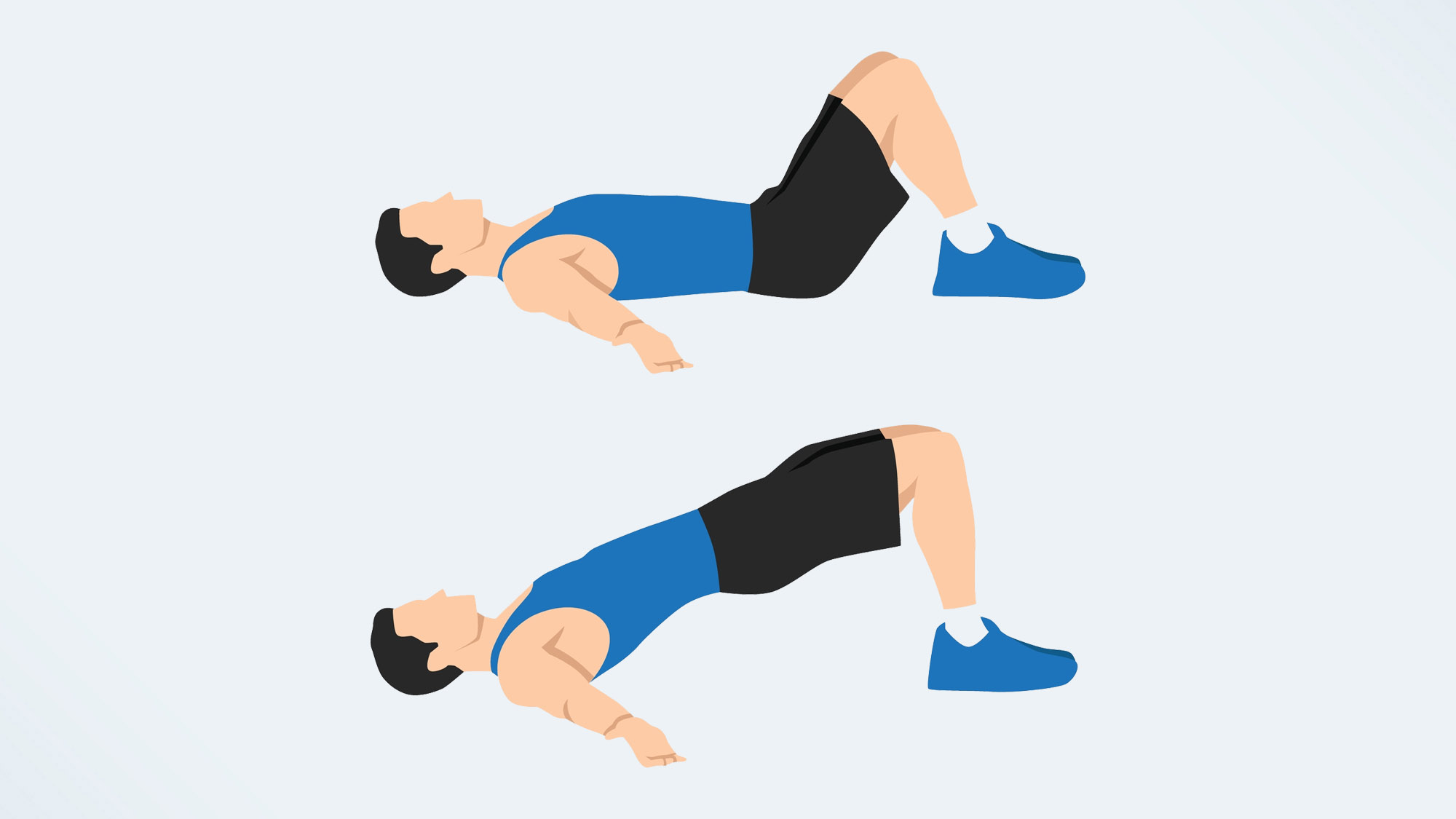
- Lie on your back with your knees bent, feet flat on the floor, and arms by your sides.
- Engage your core and maintain a neutral spine.
- Squeeze your glutes and gently lift your hips off the mat, avoiding any excessive arching in your lower back.
- Once you’ve reached the end of your range, hold the position for a few seconds.
- Slowly lower your hips back down to the mat.
- Continue for the desired number of repetitions.
4. Back extensions
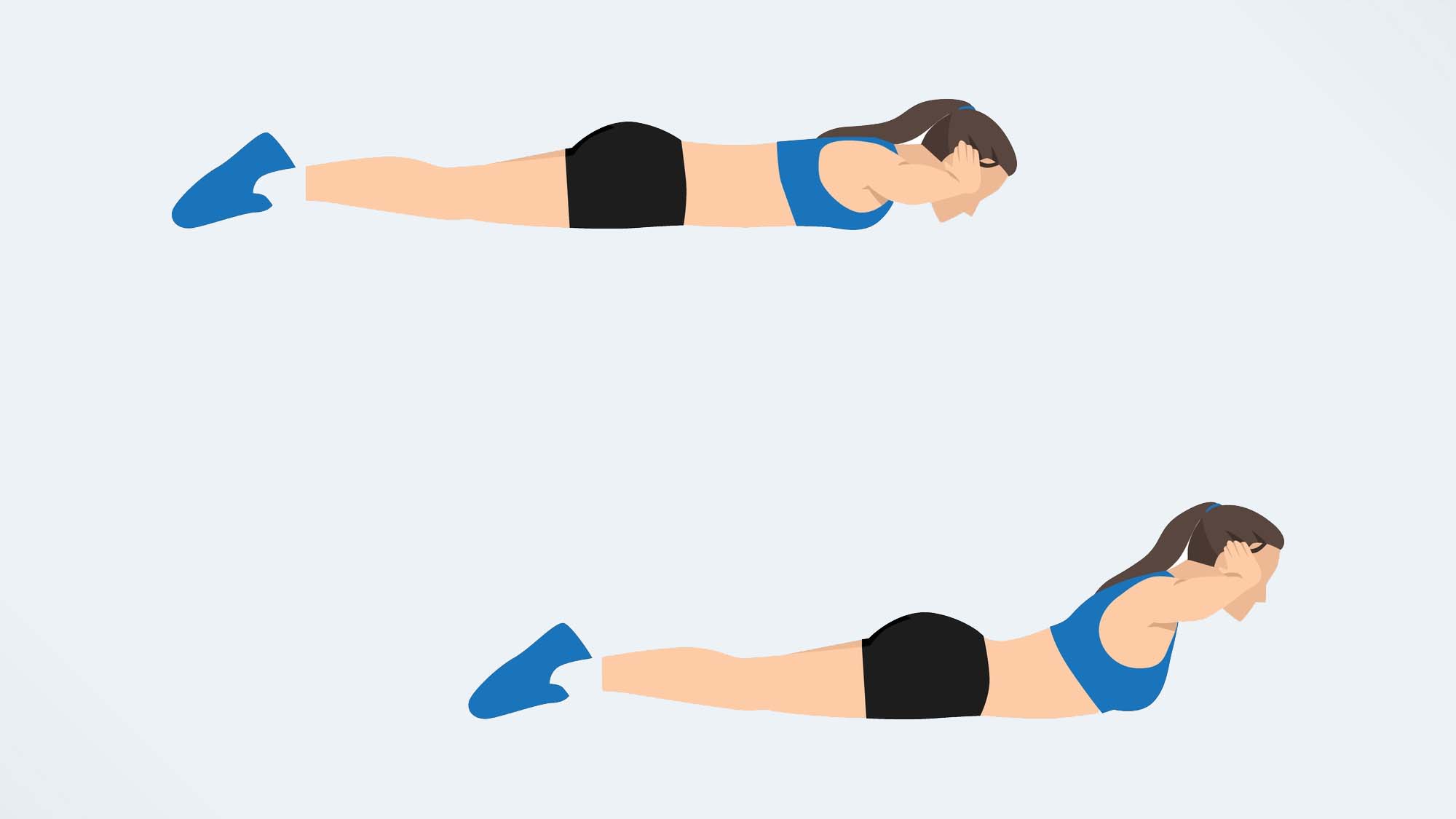
- Lie on your stomach with your arms by your sides.
- Place both of your hands on the back of your head.
- Tuck your chin slightly, engage your core, and squeeze your glutes.
- Squeeze your shoulder blades together and gently lift your head, shoulders, and chest off the floor.
- Hold for a few seconds.
- Lower back down to the mat with control.
- Continue for the desired number of repetitions.
5. Bird dog
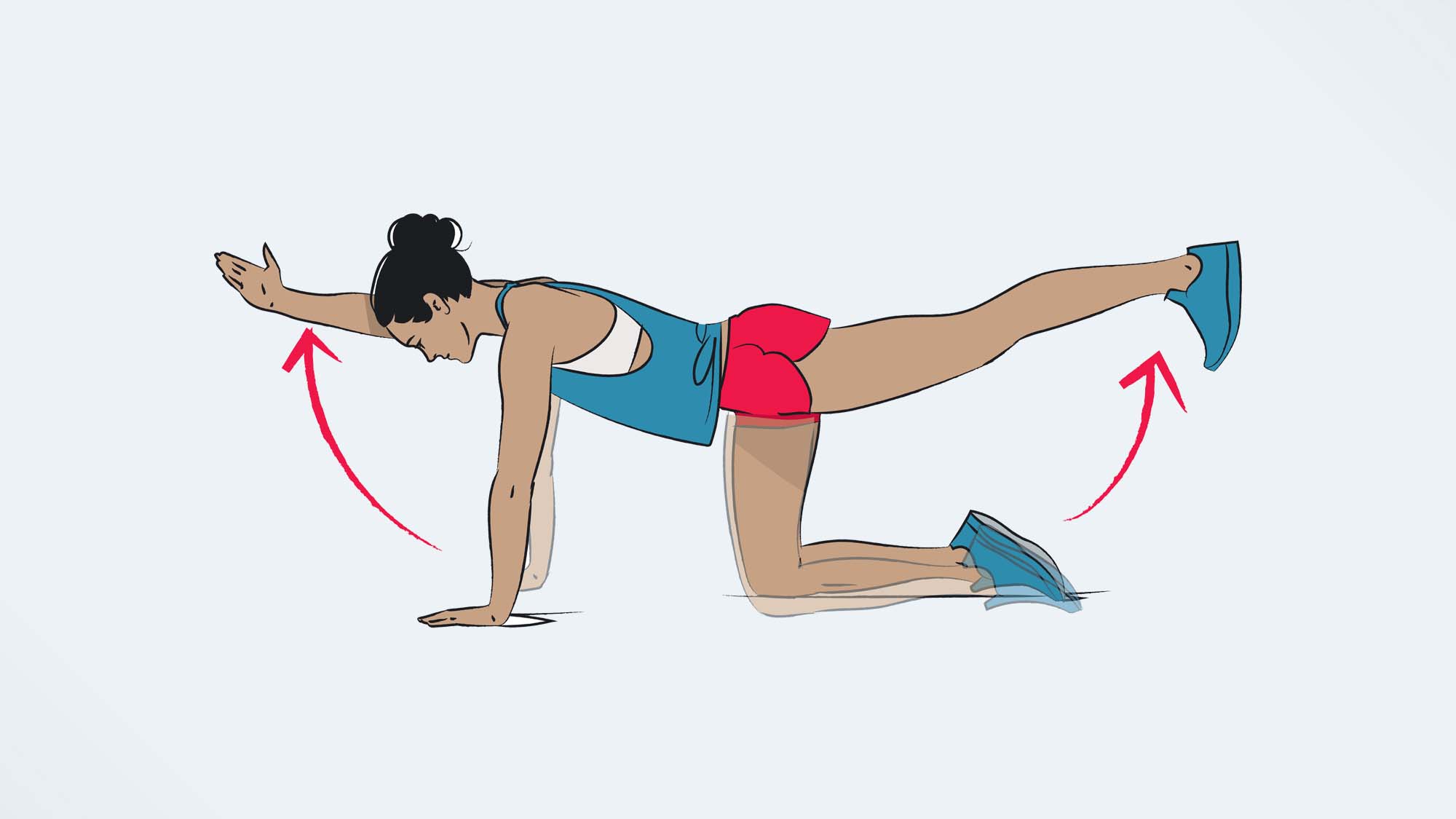
- Come to all fours on the mat, with your hands aligned under your shoulders and knees aligned under your hips.
- Engage your core and keep your spine neutral.
- Lift your right hand off the mat and extend your right arm, reaching your fingers to the wall in front of you.
- At the same time, lift your left knee off the mat and fully extend your left leg behind you.
- Hold for a few seconds.
- Return to the starting position.
- Lift your left hand off the mat and extend your left arm, reaching your fingers to the wall in front of you.
- At the same time, lift your right knee off the mat and fully extend your right leg behind you.
- Hold for a few seconds.
- Return to the starting position.
- Continue alternating between your two sides for the desired number of repetitions.
6. Squats
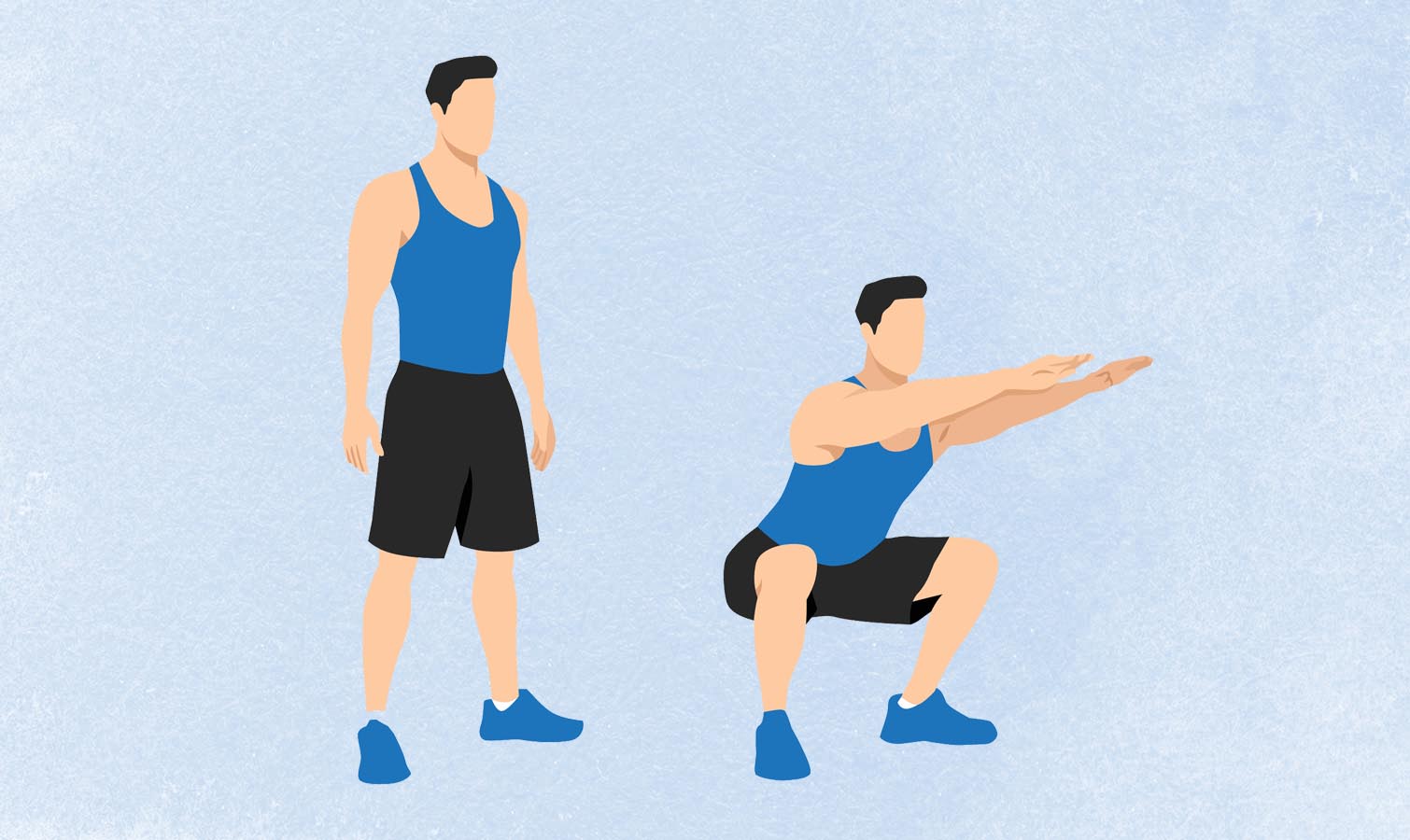
- Stand with your feet shoulder-width apart.
- Reach your arms out in front of you.
- Engage your core and keep a neutral spine.
- Set your hips back, as if you were about to sit down in a chair.
- Bend your knees and lower your tailbone to the floor.
- Once you’ve reached the end of your range, stand back up to the starting position.
- Continue for the desired number of repetitions.
More from Tom's Guide
- I suffer from sciatica — here's 9 exercises I swear by to stretch and strengthen the lower back
- I tried these 10 physical therapist-approved stretches to ease back pain — these are the exercises that actually made a difference
- This 6-move stretching routine boosts your mobility and offsets the effects of sitting







